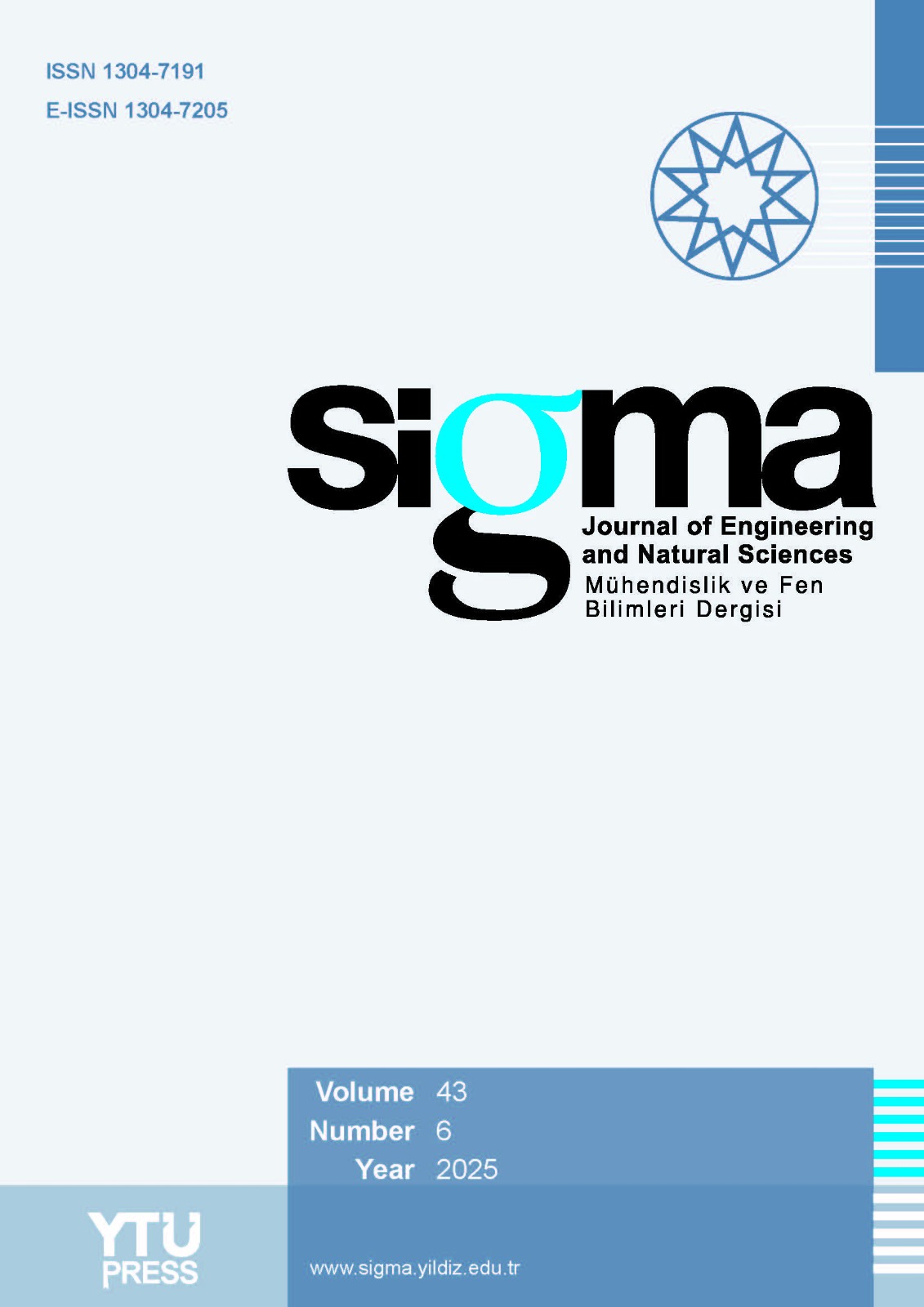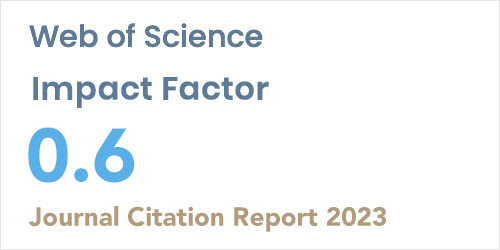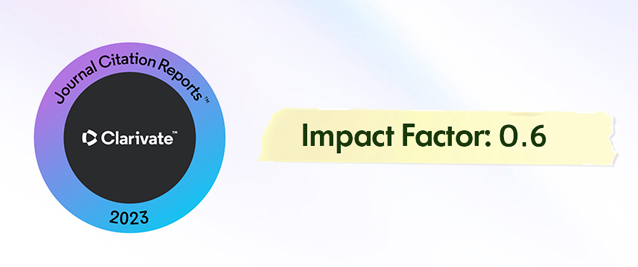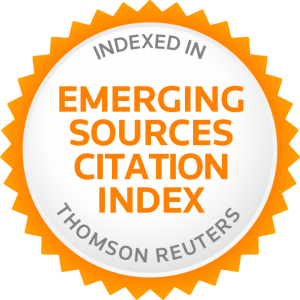2Middle Technical University (MTU), Baqubah Technical Institute, Baghdad 10001, Iraq
3Department of Computer, College of Engineering, University of Diyala, Baqubah 32001, Iraq
4Department of Engineering & Technology, School of Computing and Eng., Manchester, UK
Abstract
Several types of foot deformities, including flatfoot, hammer toe, bunions, etc., can be acquired or congenital. They are considered one of the main causes of body imbalance, leading to fatigue and pain during daily activities. Early detection of flatfeet and treatment plans are crucial parts to eliminate or reduce the complications. Hence, accurate diagnoses of foot distortion are needed for an evaluation and proper treatment. The measurement of foot distorted needs specialized staff however; the objectivity of the diagnosis may be insufficient for professional medical personnel to assess foot deformations. Integrating artificial intelligence with the Internet of things technology can enable device-to-device to diagnose and detect over time, allowing devices to be more intelligently, providing accurate results, and more efficiency. Therefore, the aim of this manuscript is to present the application of Internet of things based on artificial intelligence technology that can diagnose and detect the flatfeet types. It is a user-friendly application that can be managed by both patients and physicians to record the stages of flatfeet and preliminary check for possible gait problems in daily life. The proposed method includes multiple processes such as data acquisition, and data preprocessing based on Internet of things device. Unsupervised learning method is used to analyse and discover hidden patterns from the proposed device, and then patient classification, helping to personalize treatments and improve healthcare outcomes. The k-means clustering method is applied to segment and cluster the feet images in order to classify foot deformation types into normal, concave and flatfeet and find hidden patterns in the dataset. The elbow method is implemented to define the number of clusters, and subjects are grouped based on different attributes. According to the research findings, the proposed method can classify the foot-types with high accuracy up to 97.3% on the testing experiment. Additionally, the present work enables real-time patient monitoring, early disease detection, and thus personalized treatment plans.













